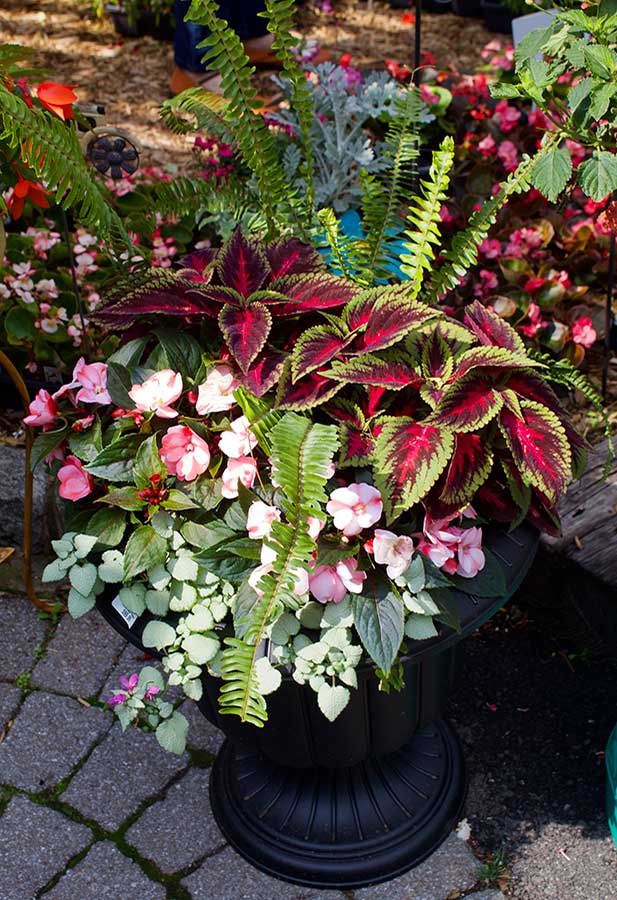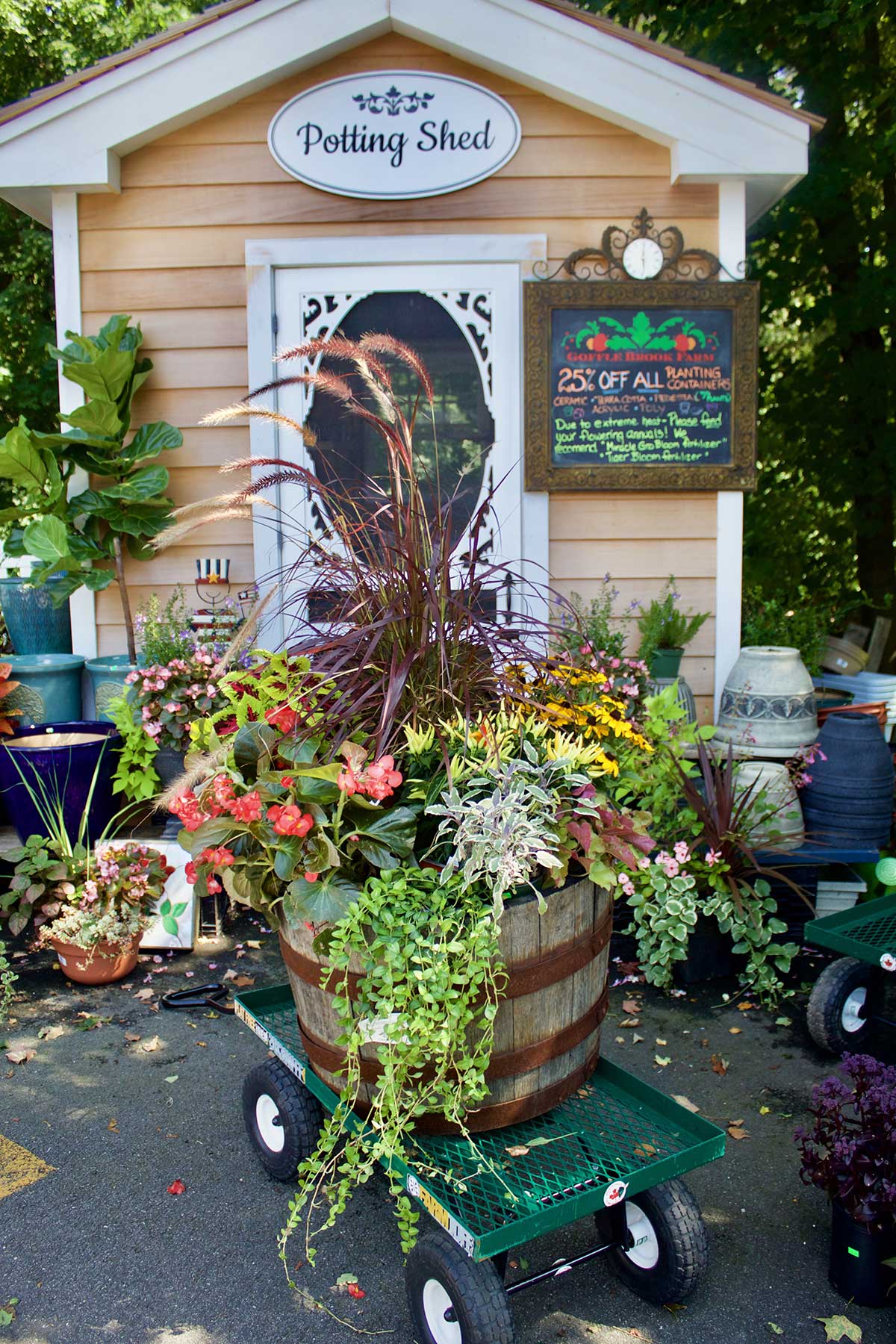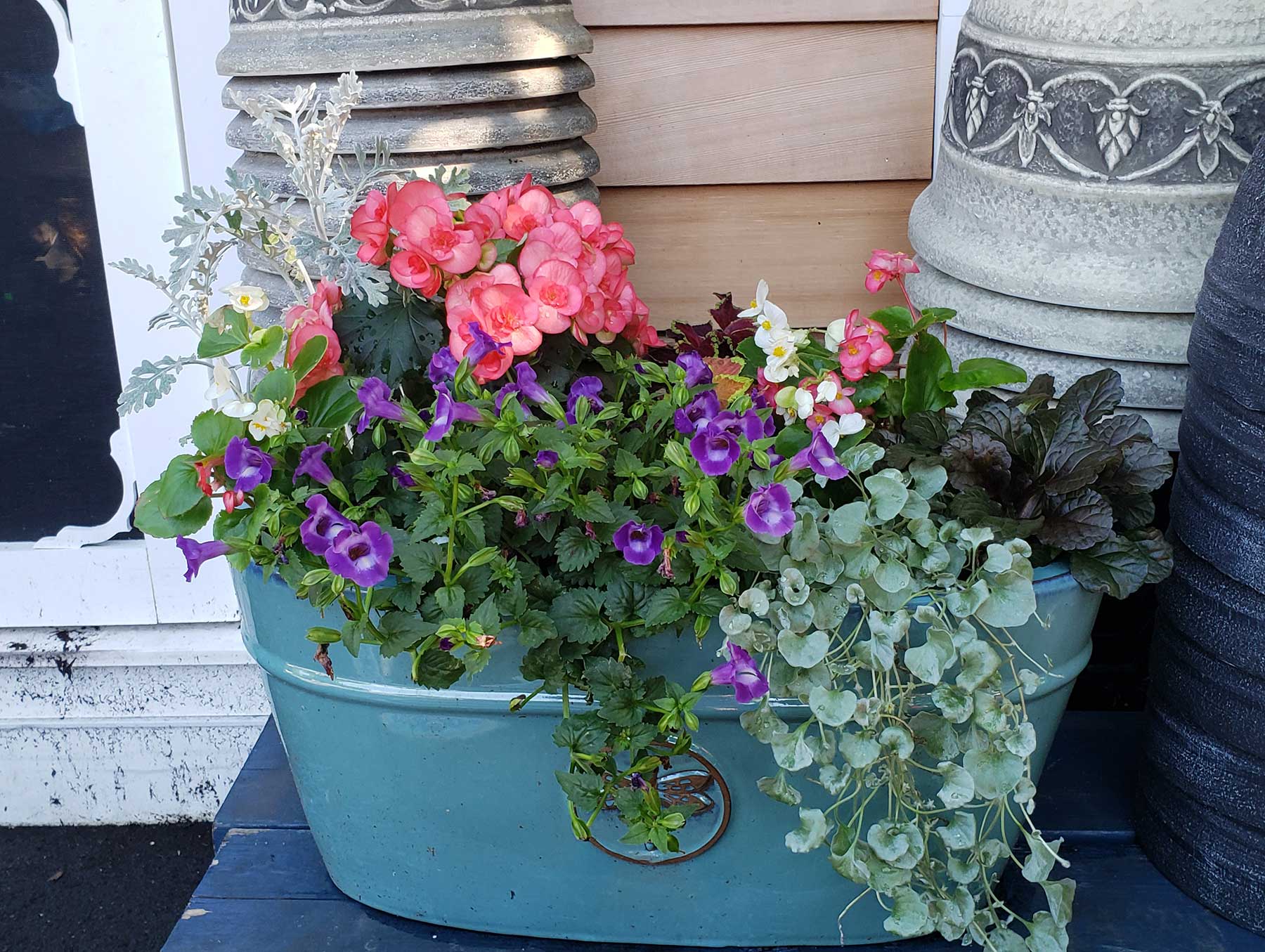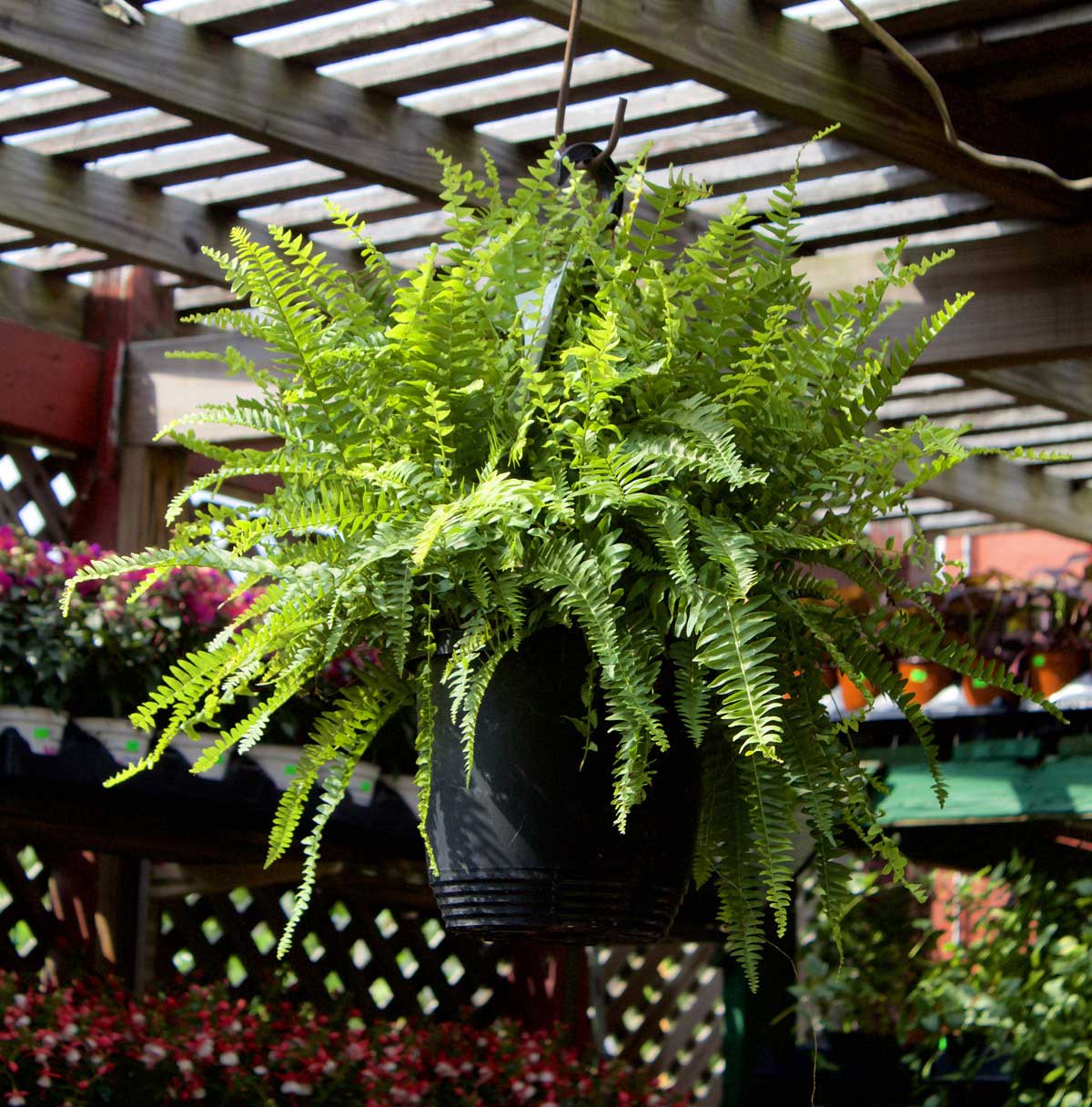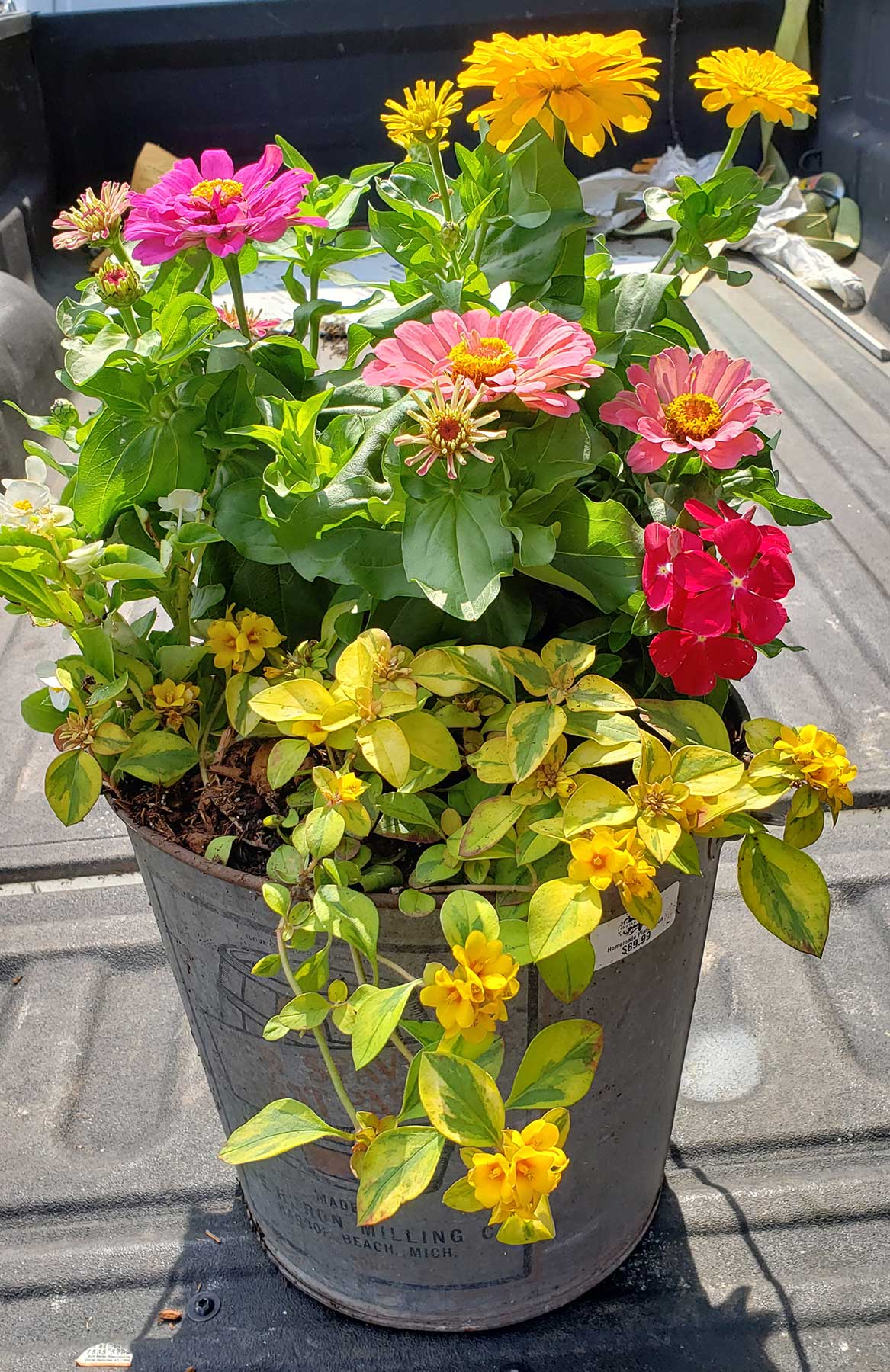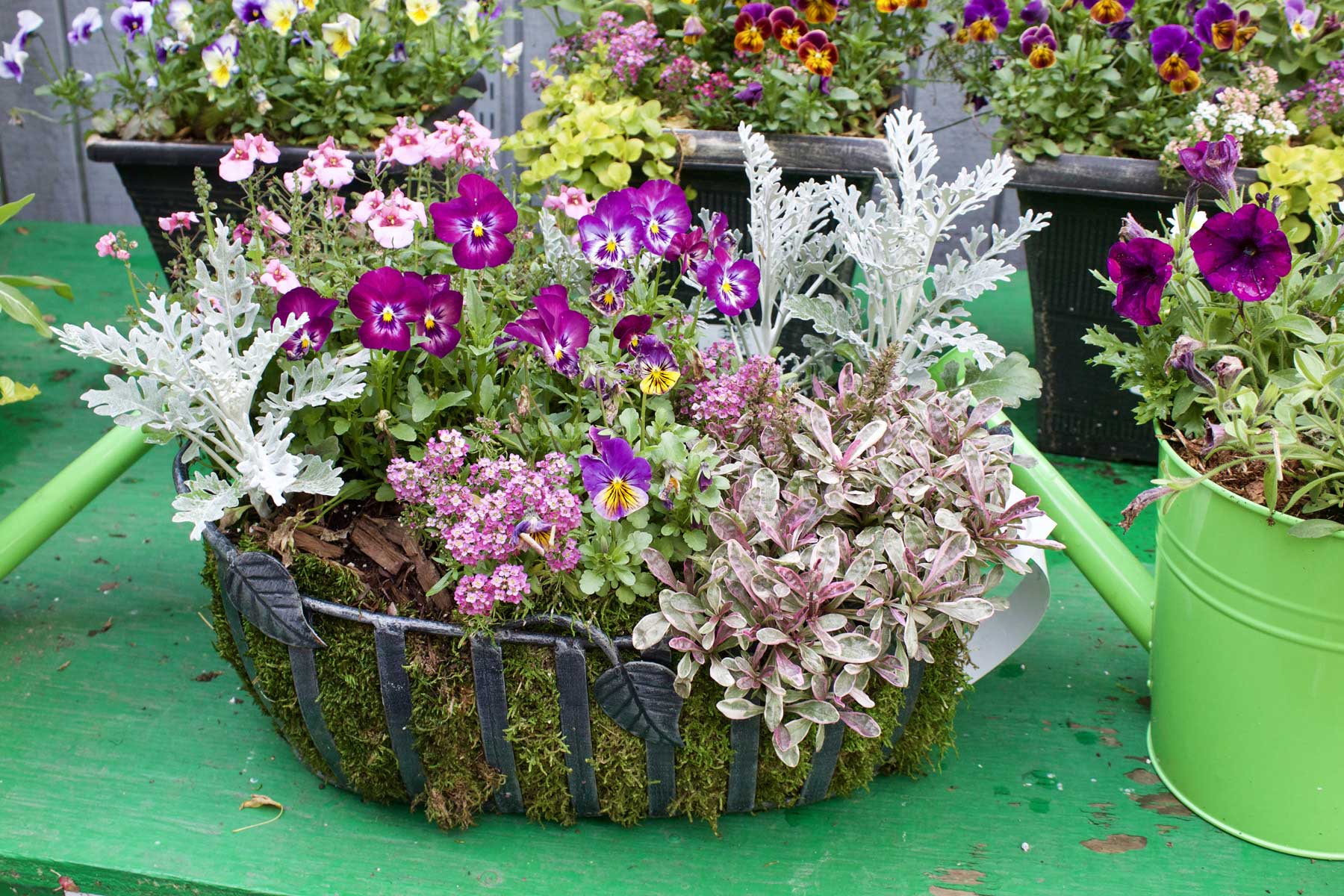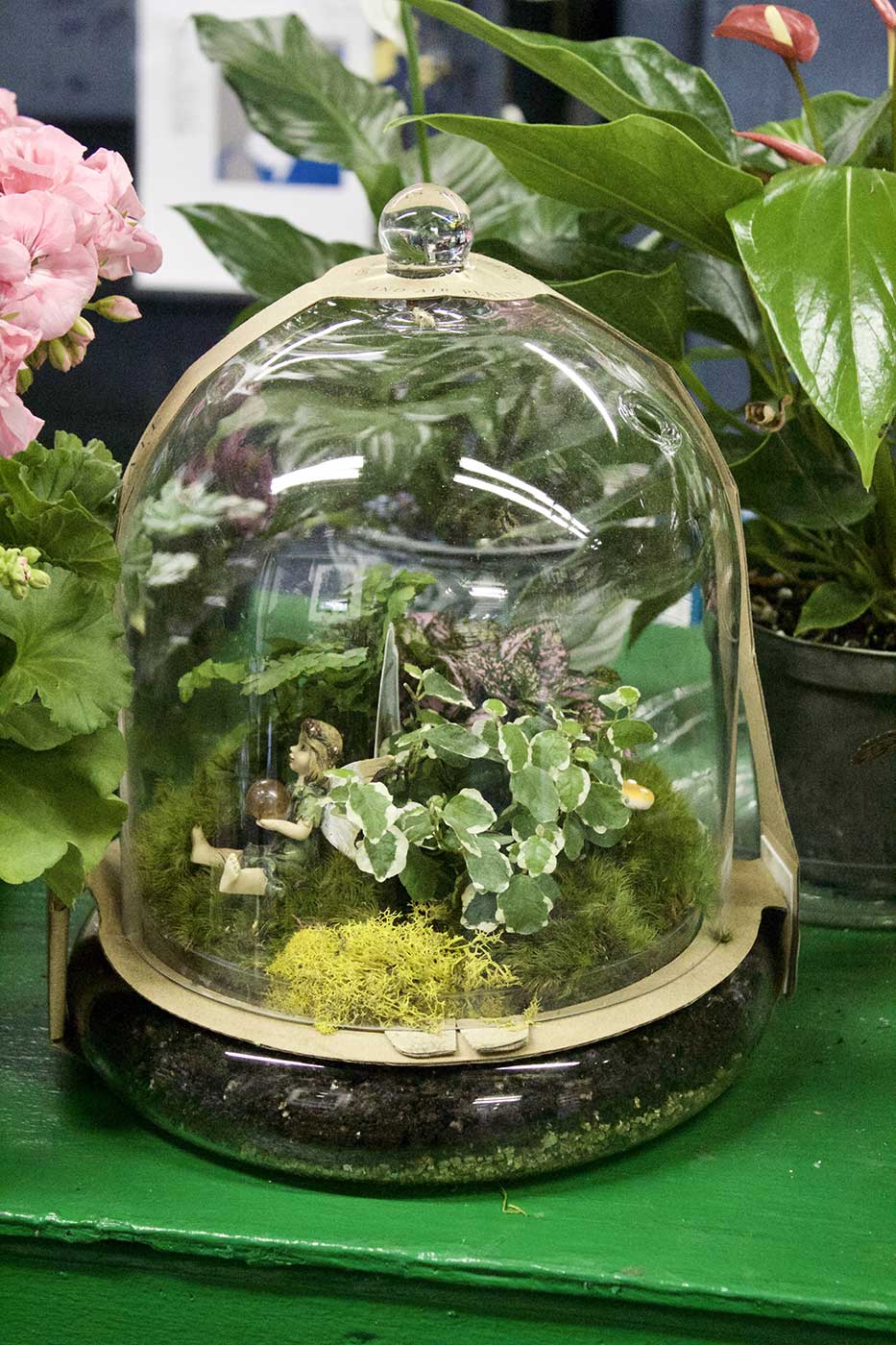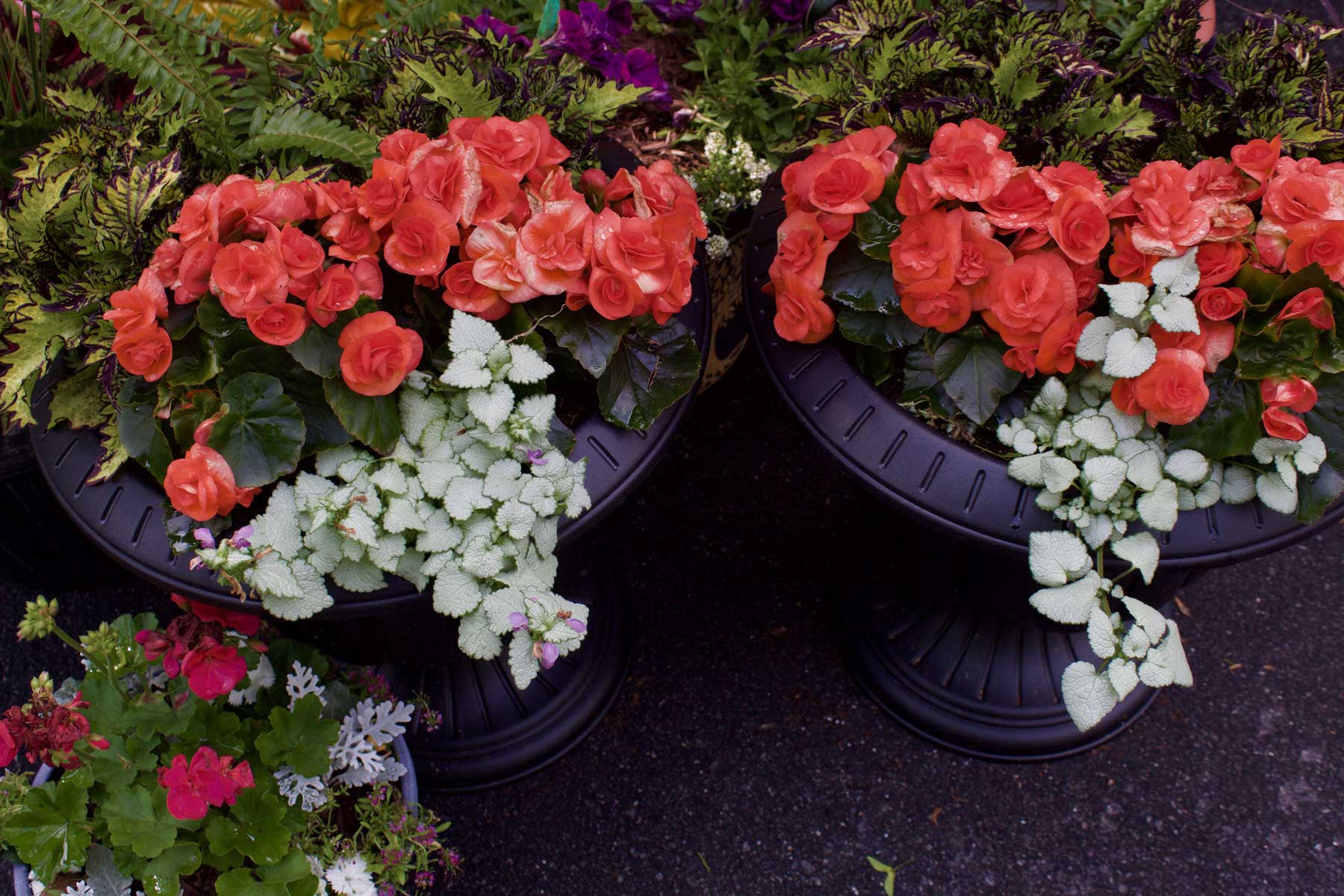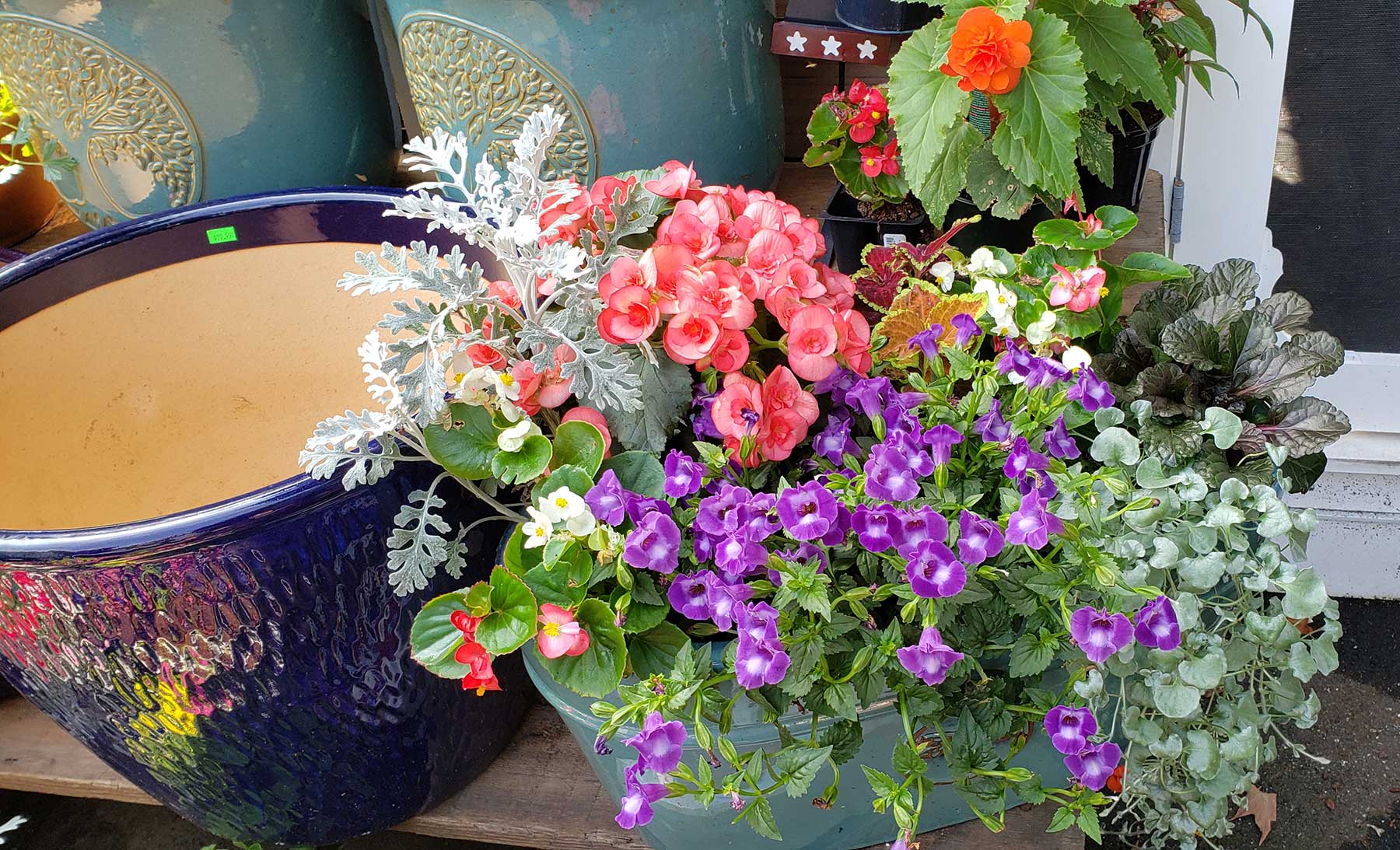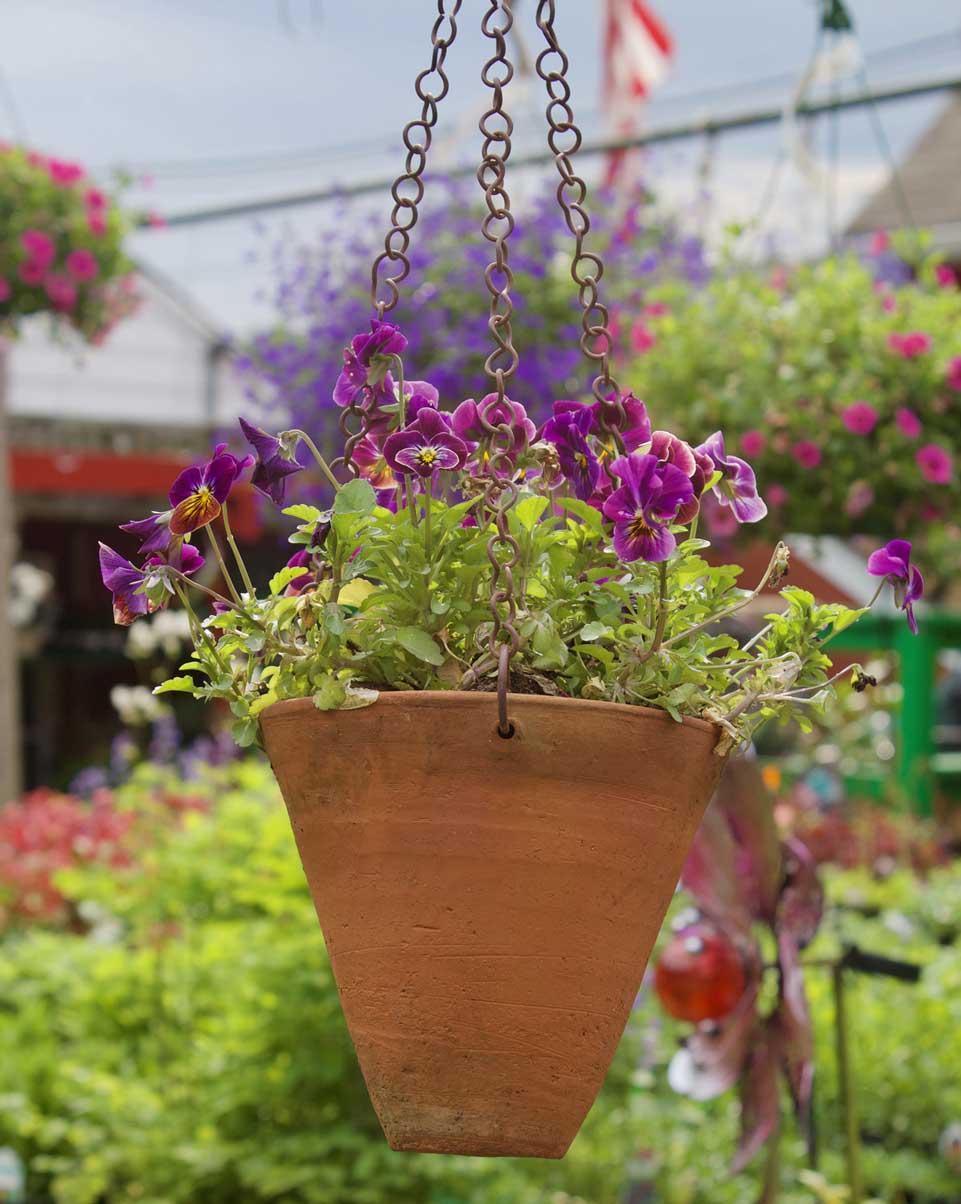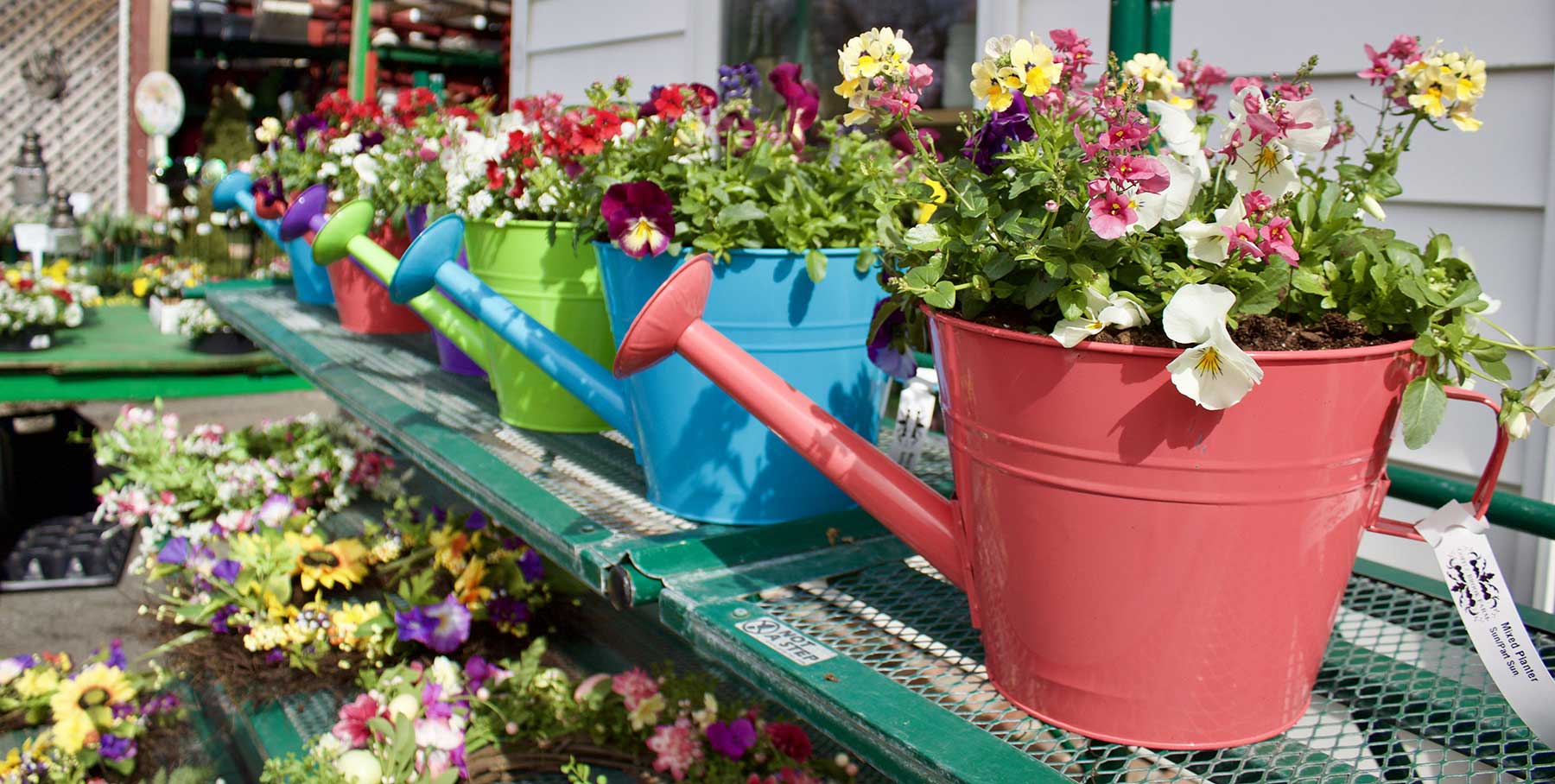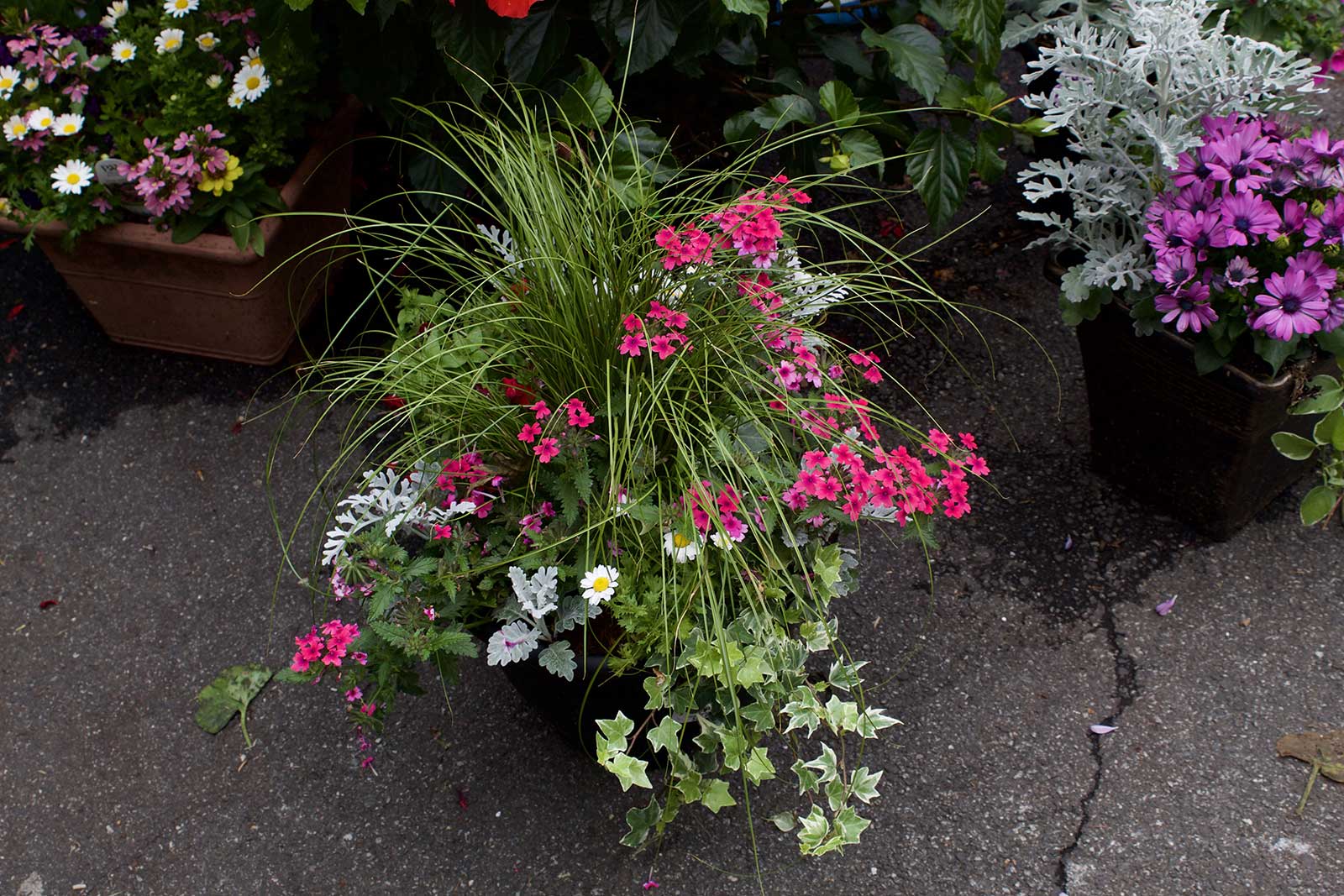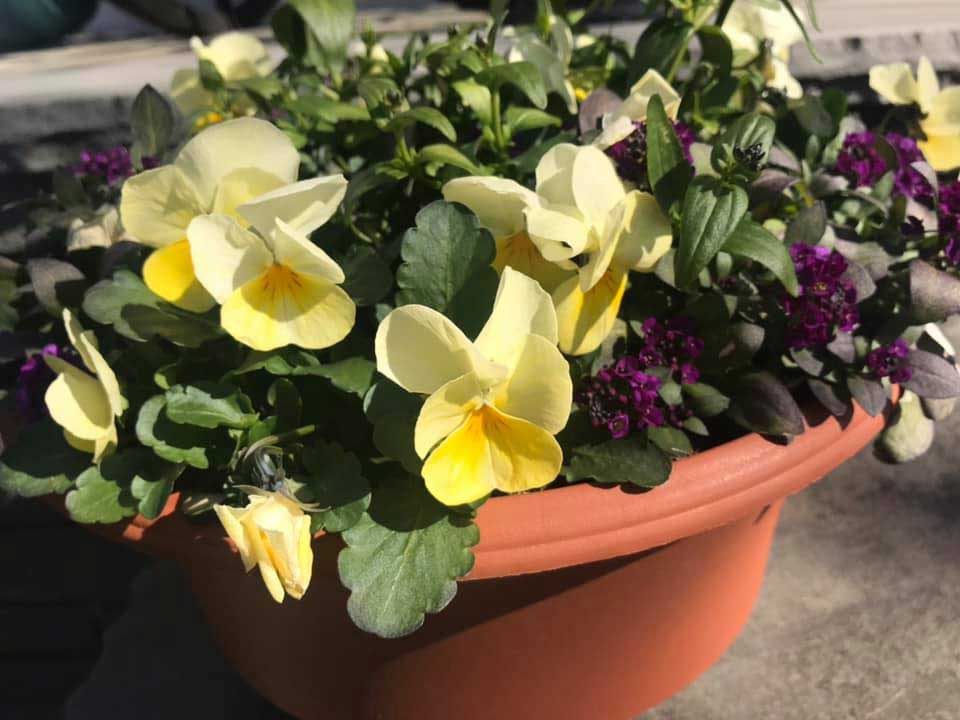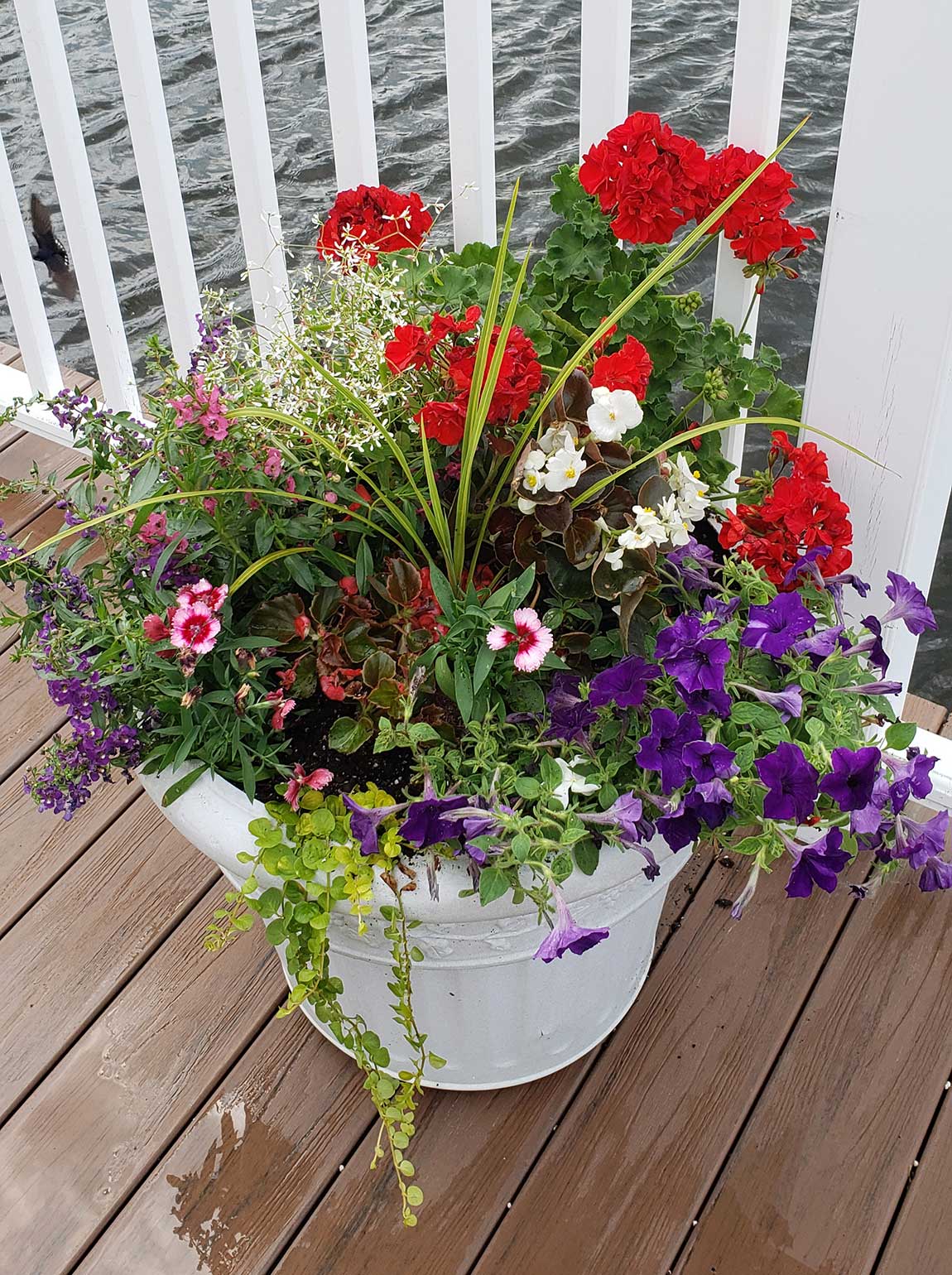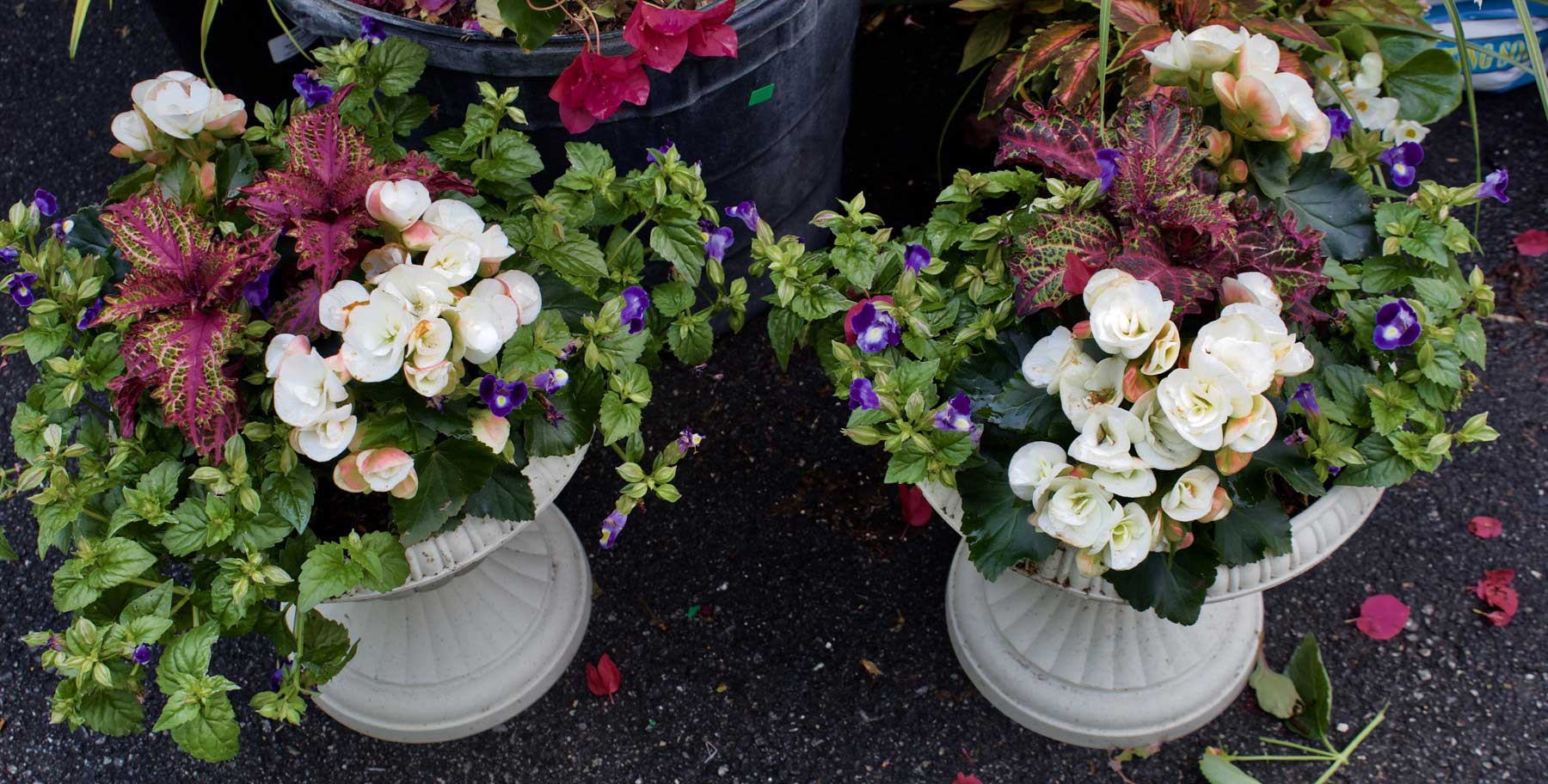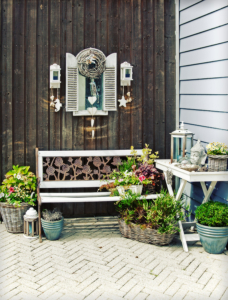Container Gardening in Bergen County
Decorate the outdoor areas you use the most in the warmer months so they feel like extensions of your home. There’s no better way to do this than with colorful, beautiful annuals. A few containers full of blooms is all it takes to transform the look and feel of any outdoor living space, setting the mood for entertaining, relaxing, and enjoying the outdoors. Whether it’s a patio, porch, balcony, poolside, or fire-pit seating area, single plants and collections make your outdoor spaces feel like home.
If you’re not convinced about growing in pots and containers, here’s a list of reasons why you should get started right now no matter where you live:
- Versatile: Container gardens allow you to grow on a balcony, patio, courtyard, indoors on windowsills or rooms with adequate light, and within outdoor living areas. Being easily mobile you can create stunning atmospheres and ambiance within any garden setting.
- More variety: You can grow plants that may not be suitable to grow in your garden soil and grow plants next to each other even though they may have different soil needs. Container gardening is relatively easy once you maintain and adhere to a care and/or watering schedule and they just continue to bloom all season long.
Terra cotta pots, ceramic urns, baskets, and patio planters all make great containers for small-scale gardening, but I prefer looking at what I already have on hand and upcycling where necessary. Anything that holds water and allows drainage is a potential container garden. This is an area where you can really let your imagination run wild! I’ve seen people use just about anything for a container – old boots and high-topped tennis shoes, metal washtubs and claw-foot bathtubs, an old bird feeder with its top removed, teacups, a tree stump, a wooden bucket, an old armchair, and old tires turned inside out so that they resembled something far more expensive.
Container Gardening at Goffle Brook Farms
Shown below are a selection of our planted porch/patio and garden containers. Many designed and planted by our professional gardening staff, they add instant color with vibrant shades and hues to any setting. For the do-it-yourselfers you can come on in and choose your own plants from our perennials and seasonal color annuals and create your own. New to gardening or don’t have a “green thumb”? Sign up for one of our container gardening classes!
Container Gardening Tips and Care
Do not be afraid to experiment placing different plants near each other when creating a garden that uses several different containers. Mix and match plants of different sizes and types. For instance, try a tall plant in a bigger container or a vine that tumbles over the side of a lower one. Last year, the cluster of various-sized flowerpots next to the stairs leading up to my front porch held a variety of annuals. Bright green jalapeño peppers, hot pink begonias, pastel purple wavy-style petunias, crimson red salvia, and leafy coleus tinged with pale red flourished with the right amounts of sunlight and water. Friends and neighbors paid complements to the arrangement all summer, and the only real maintenance took place once every few days when it was time to relieve the stems of their dead blooms or pick freshly ripened peppers.
However you choose to container garden, make it your own and don’t be afraid to let it reflect your unique personality. You could add some seashells and a small piece of driftwood for a seaside effect. Add a little moss and some smooth stones or pebbles for a woodsy feel. Is your china cabinet or other shelf of mementos overflowing with inexpensive figurines and other trinkets? Send them off for a vacation in your container garden! One of my favorites is a glass owl that hides behind a spider plant growing in a metal bucket hanging from the side of my deck. He is out of sight unless the sun hits him the right way and then brief rainbows of color shoot out in all directions. If you have a favorite container idea or story to share, why not leave a comment? We’d love to hear from you!
There are things to remember with container gardening that may not apply to ones planted directly in the lawn. Light-colored containers are less likely to absorb heat, and more likely to keep roots cool during extremely warm months. Put heavy or oversized pots on a platform with wheels and you will find it easier to move when the time may come. Using good soil is important, but garden centers also often sell soilless potting mixes. These tend to weigh less and make containers easier to move. Plants with thin leaves need less water, but ones with thicker leaves might benefit from a handful of mulch to help soil retain its moisture. If moving containers inside for the winter, be sure to choose a spot that allows plants the benefit of adequate natural sunlight. However, two things to avoid when selecting containers for plants include narrow openings and cheap plastic. Narrow openings hinder a plant’s full growing potential, and cheap plastic dries out with extended exposure to the sun.
The most important thing to remember when planting in containers is this: be sure that the size of the plant complements the size of the container. For example, you can expect a small pot to hinder the growth of full-sized tomatoes. These beauties need stakes and room to grow to their full potential. Be sure the container you select anchors the weight of the plant when heavy laden with plump, ripe fruits to avoid spillage. On the other hand, planting garlic in an oversized pot is probably not a good idea unless you have plans to use a lot of the sharp-tasting herb. Garlic has short roots and because it takes up very little space, it thrives in shallow containers like dish gardens.
Begin by adding potting mix to the container until the container is about 3/4 full. (If you use a dry, peat-moss-based mix, you must first moisten it by placing it in a plastic tub or a wheelbarrow and slowly adding water until the mix is moist but not soggy.) Next, set the plants on the mix one by one, spacing them much more closely than you would when planting them in the ground. Put the tallest plants in the center of the container. Surround them with the shorter, mounding plants, and put trailing plants along the edge. When you are pleased with your arrangement, add potting mix to bring the level to within an inch or so of the container’s rim and firm lightly. Finally, water thoroughly.
Well prepared garden soil is great for growing things in the ground but when it comes to growing things in containers, soil as you know it needs to be changed. Soils for containers need to be well aerated and well drained while still being able to retain enough moisture for plant growth. When choosing what to use to fill containers, never use garden soil by itself no matter how good it looks or how well things grow in it out in the garden. When put into a container both drainage and aeration are severely impeded, and the results are that plants grow poorly or not at all.
Soils for containers are always modified in some way to ensure proper drainage and aeration. Container soils are often referred to as soilless or artificial media, because they contain no soil at all. They are often composed of various things such as peat, vermiculite, bark, coir fiber (ground coconut hulls) in a variety of recipes depending on the manufacture and the type of plant material being grown. They can be found under a variety of trade names and in sizes ranging from a few quarts to bales that are many cubic feet in size. Sometimes the choice of media will be directed by what type of plants you are growing. Succulents, herbs, and perennials tend to prefer soils that are well drained and not retaining a lot of moisture over a long period of time. For them you might choose media that are courser in texture containing more bark, perlite or sand. For tropicals and foliage plants, you might choose a media with more peat and less course material as these plants tend to prefer moisture growing conditions.
Whether you are growing indoors or out, fertilizer is essential to the success of container gardens. The easiest way to go about fertilizing potted plants is by preparing a nutrient solution and pouring it over the soil mix. The fertilizer is absorbed by the roots and quickly adds what is missing from the existing soil. Even if your potting mix is perfect from the get-go, it will soon become depleted of nutrients as they are constantly used up by plants and leached out by watering. The faster a plant grows the more fertilizer and water it will require. Consequently, as watering is increased so is leaching and nutrient loss.
Once you’ve selected a fertilizer (make sure you use an organic one!), you’ll need to apply it about once every two weeks for container grown plants. This assumes that you’re growing in a high quality, compost rich potting mix that will help retain nutrients. With that said, some gardeners prefer to fertilize with a weak nutrient solution every other time they water. If this is your preference, make sure to use about 1/5 the amount called for on the label.
Tip: When adding fertilizer to potted plants use organic blends (derived from many nutrient sources). Organic fertilizers are just as effective as chemicals, will not burn, and supply the required macronutrients (N-P-K) as well as a large selection of minerals, micronutrients, amino acids and vitamins.
Why Shop at Goffle Brook Farms
- Courteous, knowledgeable and professional staff
- Locally Grown Fresh Seasonal Produce
- Quality Perennials – Annuals – Herbs and Garden Plants
- Full-scale Garden Center on Premises
- Conveniently located in Ridgewood, New Jersey
- Open 7 days a week from March 15th through Christmas Eve
- Family owned and operated since May 1st, 1968
- Serving Bergen County for over FIFTY years
What Our Customer’s Say
Really cute garden center. My boyfriend and I stopped by to get some pumpkins. They had a great variety of both small and large pumpkins. They also have a small petting zoo with goats, sheep, and a pig. They have a small variety of produce for purchase inside. We wound up sampling cider they were selling and bought that as well as it was delicious. We may go back to get more. Employees were very helpful and friendly.
Highly recommend this garden center.
This is such a great place. Goffle Brook Farm & Garden Center has friendly and helpful staff that seem to really appreciate your business. They have a great selection of plants, flowers, gardening supplies, great FRESH local produce and I am sure tons of stuff I have yet to discover. The staff is very knowledgeable and always takes the time to walk me through any garden problem or question I have.
I’ve been going to Goffle Brook Farm & Garden Center regularly for the past year since my family moved to the area and every time I go I leave happy. What more can you ask for?They will have my loyal business. I think they deserve your business too.

